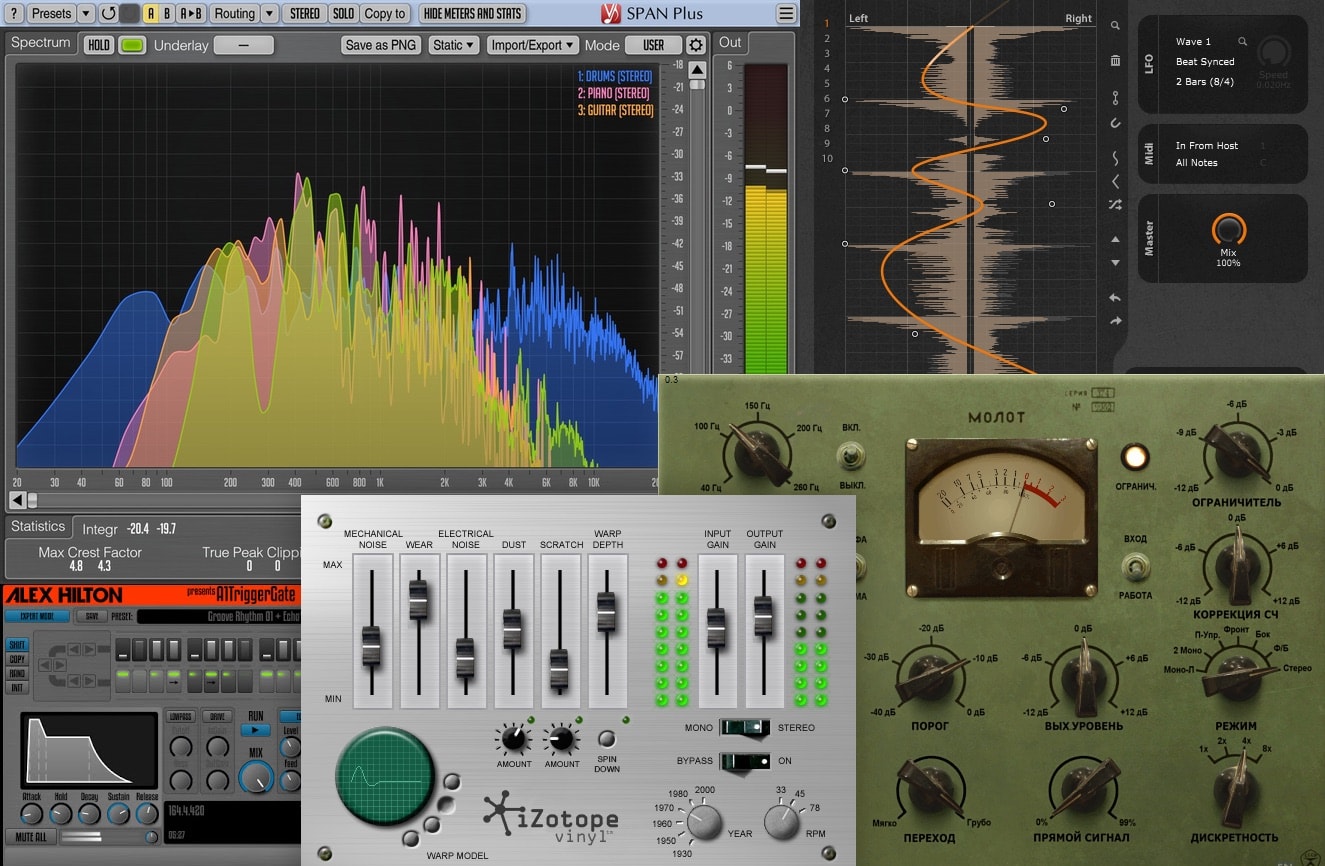

In large recording companies such as EMI, the mastering process was usually controlled by specialist staff technicians who were conservative in their work practices. This was done by making fine adjustments to the amplitude of sound at different frequency bands ( equalization) prior to the cutting of the master disc. Prior to the cutting of the master disc, the master tape was often subjected to further electronic treatment by a specialist mastering engineer.Īfter the advent of tape it was found that, especially for pop recordings, master recordings could be made so that the resulting record would sound better. Once the studio recording on multi-track tape was complete, a final mix was prepared and dubbed down to the master tape, usually either a single-track mono or two-track stereo tape. Īlthough tape and other technical advances dramatically improved the audio quality of commercial recordings in the post-war years, the basic constraints of the electro-mechanical mastering process remained, and the inherent physical limitations of the main commercial recording media-the 78 rpm disc and later the 7-inch 45 rpm single and 33-1/3 rpm LP record-meant that the audio quality, dynamic range, and running time of master discs were still limited compared to later media such as the compact disc.Įlectro-mechanical mastering process įrom the 1950s until the advent of digital recording in the late 1970s, the mastering process typically went through several stages. The introduction of magnetic tape recording enabled master discs to be cut separately in time and space from the actual recording process. Not until the end of World War II could the technology be found outside Europe.

Magnetic tape was invented for recording sound by Fritz Pfleumer in 1928 in Germany, based on the invention of magnetic wire recording by Valdemar Poulsen in 1898. In the late 1940s, the recording industry was revolutionized by the introduction of magnetic tape. Only a small minority of recordings were mastered using previously recorded material sourced from other discs. Until the introduction of tape recording, master recordings were almost always cut direct-to-disc. Īfter the introduction of the microphone and electronic amplifier in the mid-1920s, the mastering process became electro-mechanical, and electrically driven mastering lathes came into use for cutting master discs (the cylinder format by then having been superseded). These masters were usually made from either a soft metal alloy or from wax this gave rise to the colloquial term waxing, referring to the cutting of a record. The cutting head, driven by the energy transferred from the horn, inscribed a modulated groove into the surface of a rotating cylinder or disc.

Performers sang and/or played into a large acoustic horn and the master recording was created by the direct transfer of acoustic energy from the diaphragm of the recording horn to the mastering lathe, typically located in an adjoining room. In the earliest days of the recording industry, all phases of the recording and mastering process were entirely achieved by mechanical processes. 1.3 Electro-mechanical mastering process.It is standard practice to make a copy of a master recording-known as a safety copy-in case the master is lost, damaged or stolen. Mastering engineers often apply equalization and dynamic range compression in order to optimize sound translation on all playback systems. Results depend upon the intent of the engineer, the skills of the engineer, the accuracy of the speaker monitors, and the listening environment. Mastering requires critical listening however, software tools exist to facilitate the process.

In recent years digital masters have become usual, although analog masters-such as audio tapes-are still being used by the manufacturing industry, particularly by a few engineers who specialize in analog mastering. Mastering, a form of audio post production, is the process of preparing and transferring recorded audio from a source containing the final mix to a data storage device (the master), the source from which all copies will be produced (via methods such as pressing, duplication or replication). Magnetic tape was commonly used to create master copies.


 0 kommentar(er)
0 kommentar(er)
